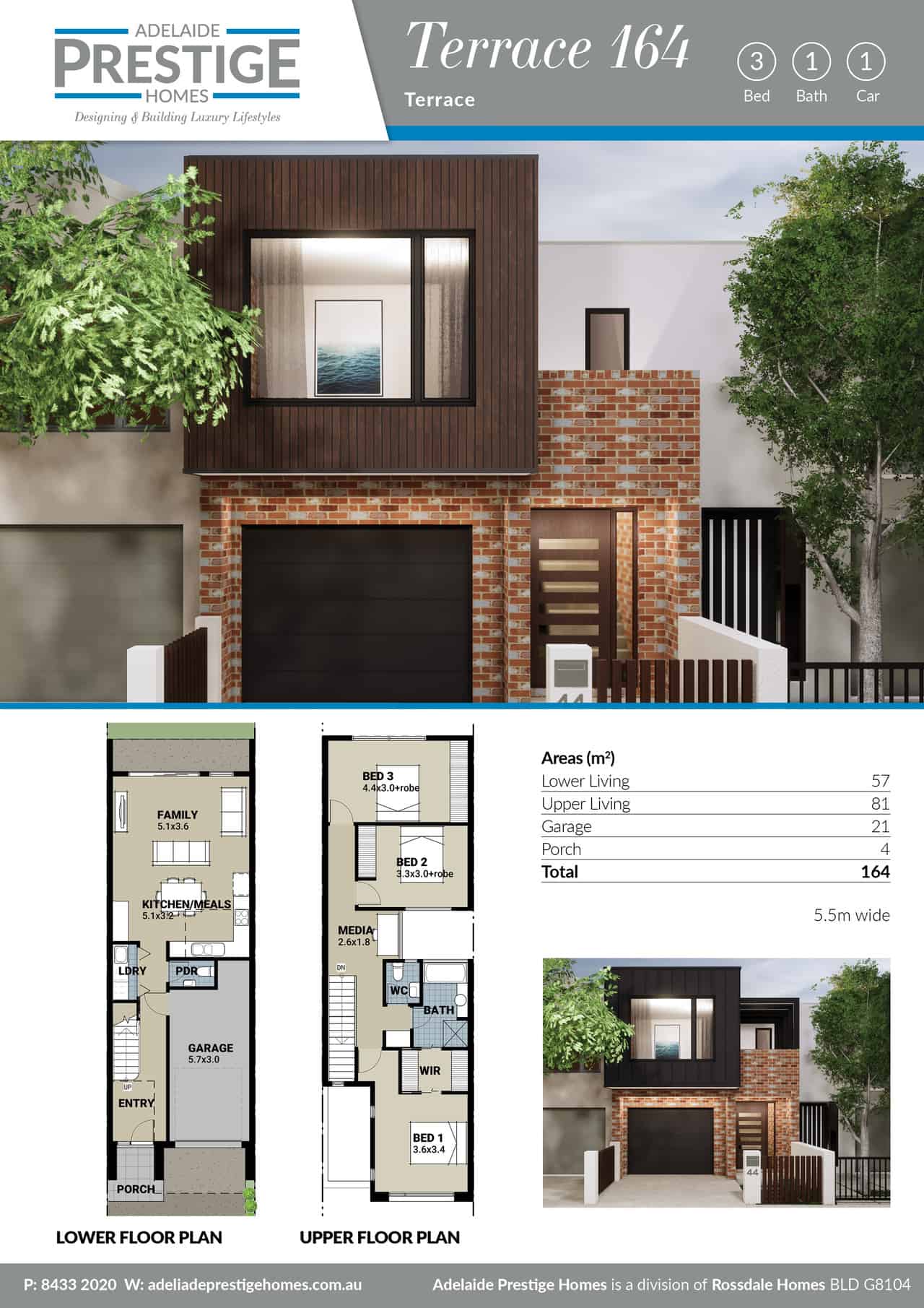Radon gas and testing
Table of Contents
Table of Contents
If you’re looking to buy a home, it’s important to consider all potential risks and hazards that may come with the property. One such risk is radon gas, a colorless, odorless gas that can pose a serious threat to your health. But the question remains: should I buy a home with a radon mitigation system already in place?
Potential Pain Points
Radon gas is a radioactive element that comes from the natural breakdown of uranium in soil, rocks, and water. It can enter your home through cracks in the foundation, walls, or floors, and build up to dangerous levels over time. Exposure to high levels of radon gas can increase your risk of lung cancer, making it a serious concern for homeowners.
To Mitigate or Not to Mitigate?
The short answer is yes, you should consider buying a home with a radon mitigation system already in place. Having a mitigation system installed means that the home has been tested for radon gas, and measures have been taken to reduce levels if necessary. It also means that the previous homeowner took steps to ensure the safety of the home’s inhabitants.
Main Points to Consider
If you’re still unsure about whether to buy a home with a radon mitigation system, consider the following:
- Radon gas is a serious health hazard that can be present in any home, regardless of location, age, or construction type.
- Testing your home for radon gas can be expensive, and installing a mitigation system can cost several thousand dollars.
- If a home already has a mitigation system in place, it can add value to the property and save you time and money in the long run.
Personal Experience
As a homebuyer, I was initially hesitant to consider properties that already had a radon mitigation system installed. I assumed that it meant there was a problem with radon levels in the home, which would require further testing and repairs. However, after doing more research on the topic and consulting with a home inspector, I realized that it was actually a positive aspect of the home. The previous homeowners had taken steps to ensure the safety of their family, and I could rest easier knowing that the home had already been tested and mitigated if necessary.
Costs and Benefits
Although installing a radon mitigation system can be expensive, it’s important to weigh the costs against the potential benefits. Exposure to high levels of radon gas can have serious health consequences, so investing in a mitigation system can provide peace of mind and protect your family’s health. Additionally, having a mitigation system already in place can add value to the home and make it more marketable in the future.
How Mitigation Systems Work
A radon mitigation system typically consists of a ventilation system that draws radon gas from underneath the home and vents it safely outside. The system may require a fan or other components to ensure proper air flow and reduce levels of radon gas in the home. Many mitigation systems also include a monitoring system to measure radon levels on an ongoing basis.
The Radon Testing Process
Testing for radon gas is typically done by a professional inspector, who will take air or water samples from the home and send them to a lab for testing. If high levels of radon are detected, a mitigation system may be required to reduce levels. Mitigation systems can be installed by professionals, or by homeowners themselves using a DIY kit.
Personal Safety First
When it comes to buying a home with a radon mitigation system, it’s important to prioritize your personal safety and the safety of your family. Consider working with a professional home inspector to test for radon and determine if a mitigation system is necessary. And if you’re considering buying a home with a mitigation system already installed, don’t hesitate to ask questions and get more information about the system and its effectiveness.
Q & A
Q: What are the dangers of radon gas?
A: Radon gas exposure can lead to lung cancer and other serious respiratory problems.
Q: How do I know if a home has a radon mitigation system?
A: A professional inspection or a review of the home’s disclosure documents should indicate whether a mitigation system has been installed.
Q: How long does it take to install a radon mitigation system?
A: Installation time can vary depending on the size and complexity of the system, but typically takes a day or two.
Q: How effective are radon mitigation systems?
A: When installed and maintained properly, mitigation systems can effectively reduce radon levels in the home.
Conclusion
When it comes to buying a home, radon gas should be a serious consideration. Investing in a radon mitigation system can provide peace of mind and protect your family’s health, and could add value to the property in the long run. If you’re unsure about whether to buy a home with a mitigation system already in place, consult with a professional home inspector and prioritize your personal safety above all else.
Gallery
Radon Risks And How To Deal With It - UP Home Inspection

Photo Credit by: bing.com / radon entering ionizing mitigation tipee risks chemistry tumore polmoni biological radioactivity heater libretexts rischio valutazione possibili soluzioni inhalation chem bedrock
Post-13-pic-3-Should-I-Buy-A-Home-With-A-Radon-Mitigation-System

Photo Credit by: bing.com / radon mitigation 1200
2022 Radon Mitigation Cost | Remediation System & Testing Cost

Photo Credit by: bing.com / radon mitigation depressurization remediation rid homeguide
Pin On Radon

Photo Credit by: bing.com / radon mitigation
Radon Gas And Testing - Bulldog Professional Inspection Services

Photo Credit by: bing.com / radon mitigation mn





